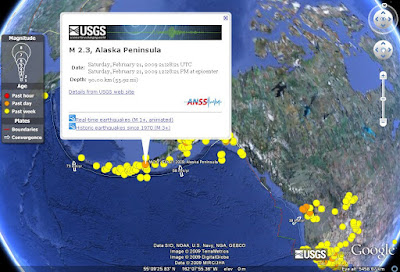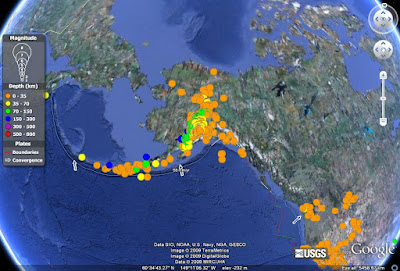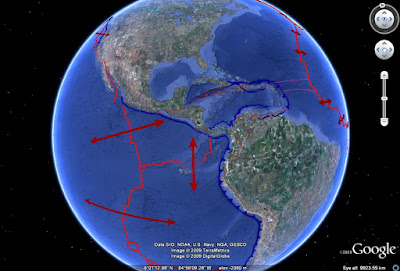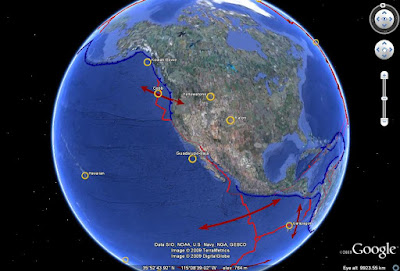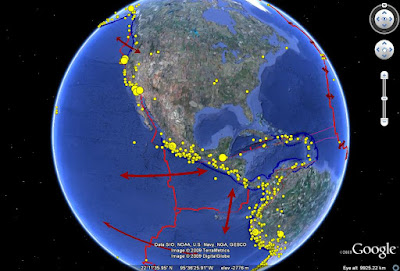Now, I write about volcanoes a lot. But I wouldn't write about them if I didn't think they were some of the most exciting geologic phenomena ever. I've written before how some parts of geology are a bit like detective work - we take clues left over from events unseen and try to piece together a little bit of the Earth's history. At volcanoes, we do the same thing - but we get to do it in real time. The fact that you can see a major geologic process at work in a human timescale is just amazing to me. (This also applies to things like mass movements and floods and earthquakes as well.)
So my recommendation for all geologists (and I know this one was on the list) is to visit a volcano at least once in your life. Volcanoes are part of the reason the Earth has an atmosphere, and land for us to walk on, and water to drink. They make new land all the time. They're the Earth's construction workers who occasionally dabble in demolition.
I've been fortunate enough to visit volcanoes in several countries, and I'm going to add a few more to the list before the year is out. Here are some things that I've done so far, and that I recommend that anyone do:
Get up close and personal with some lava. Experience what it's like to stick your face into a blast furnace. Do some collecting - you'll be able to say that you know exactly when your rock was formed!
Ski down a scoria cone. It's twice as much fun as getting to the top, if you're careful not to rip up your hands doing it. Be sure to clean out your boots afterward, though.
Inhale the not-so-delicate aroma of a degassing fumarole. (Don't stick your face, hands, or feet into it, though. Instant blisters and acid fumes are not good for you.)
Hike (or drive) to the top of a stratovolcano and experience the lovely localized weather systems. Cheering on appearance of the summit caldera is definitely recommended.
Take the time to appreciate some old volcanics. Throw lithified ash at something - it explodes quite nicely.
And, as cool as a pyroclastic flow looks from a distance, don't do this.








